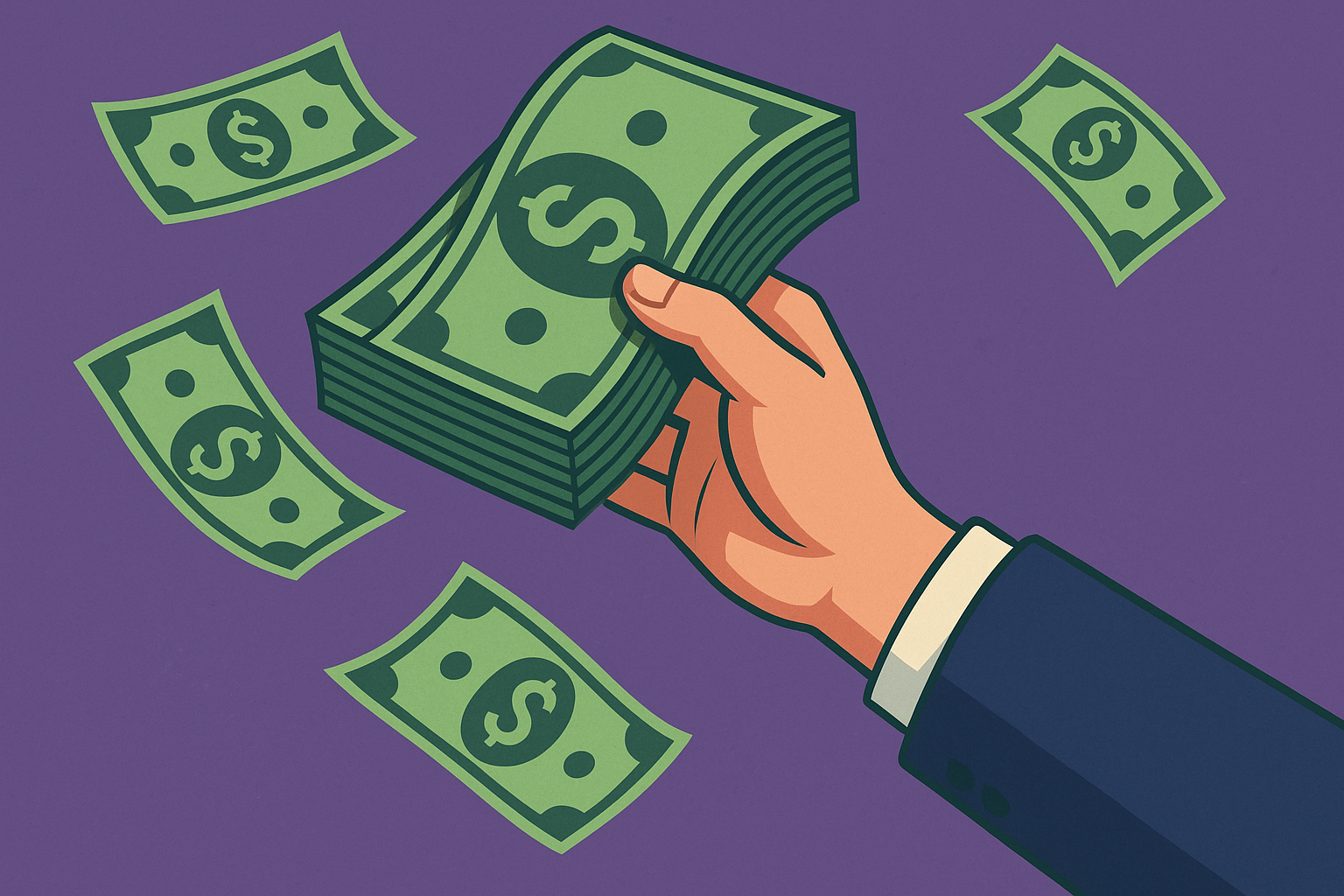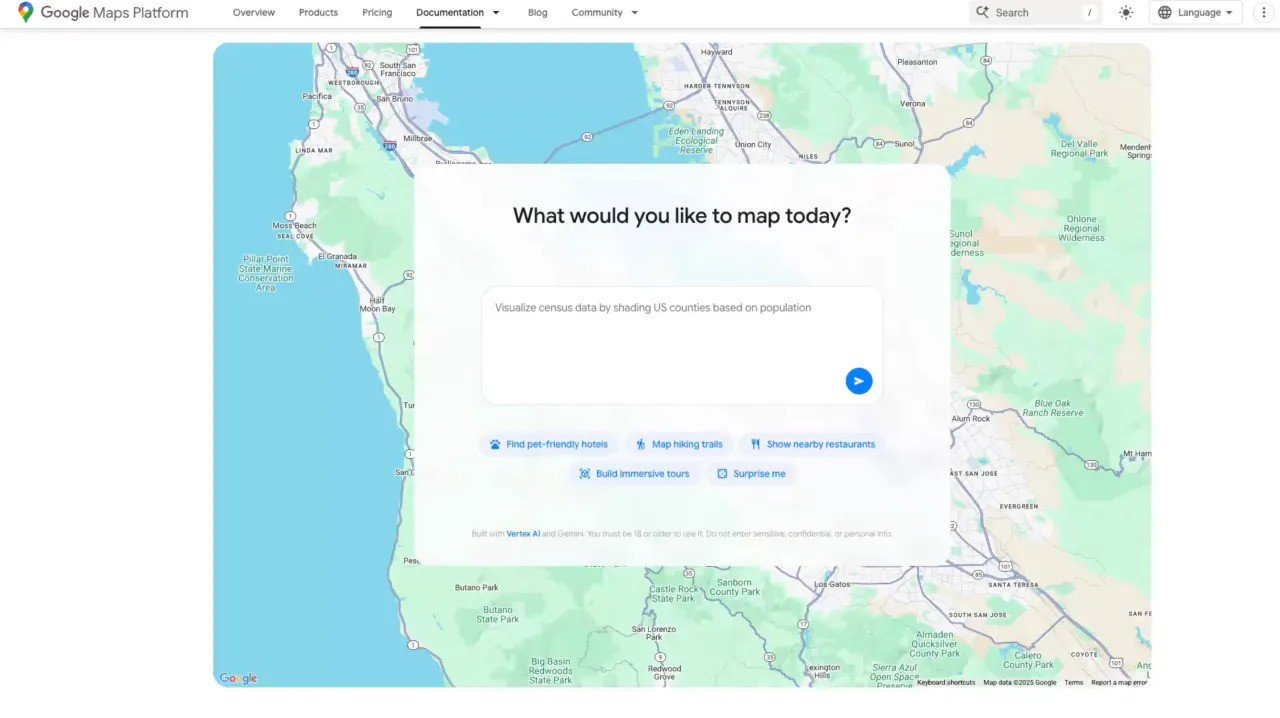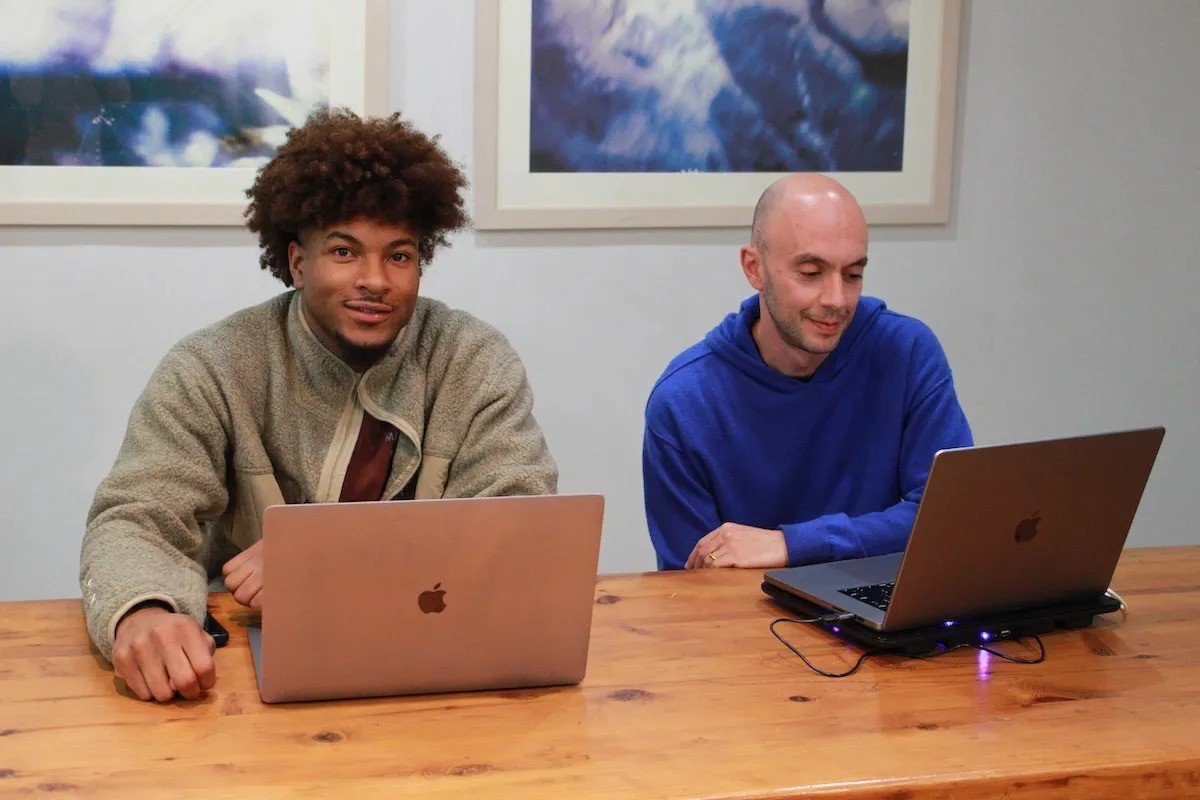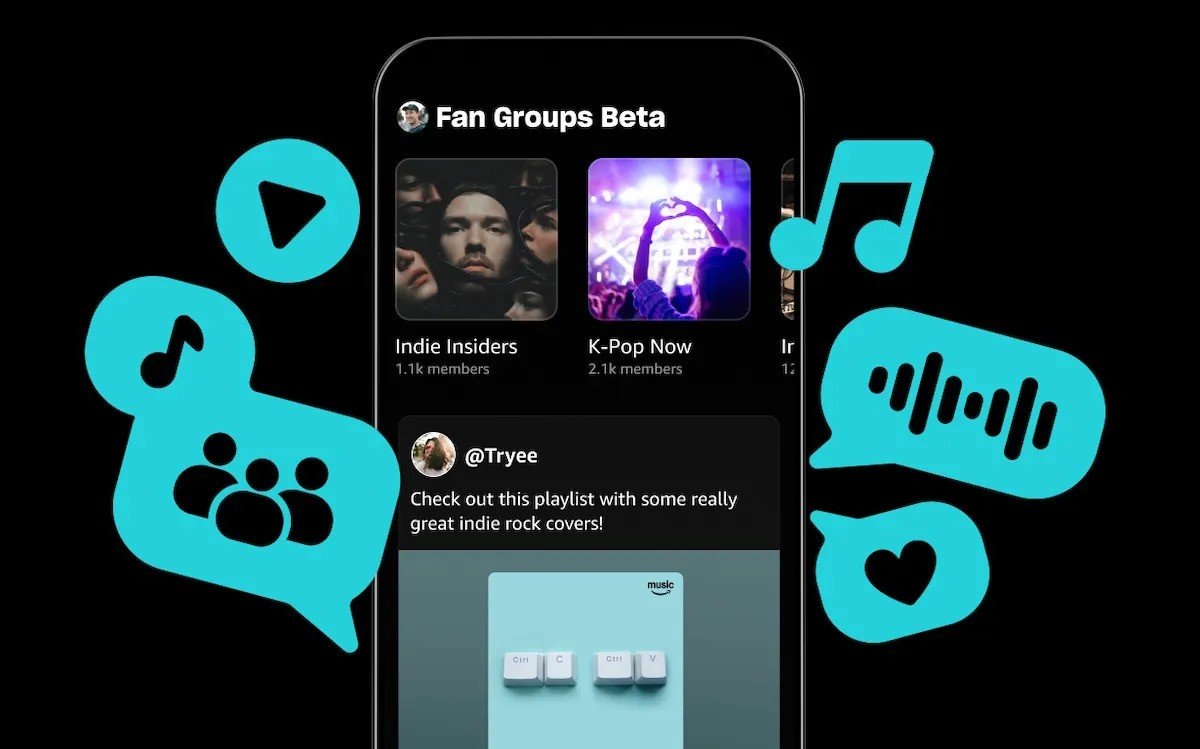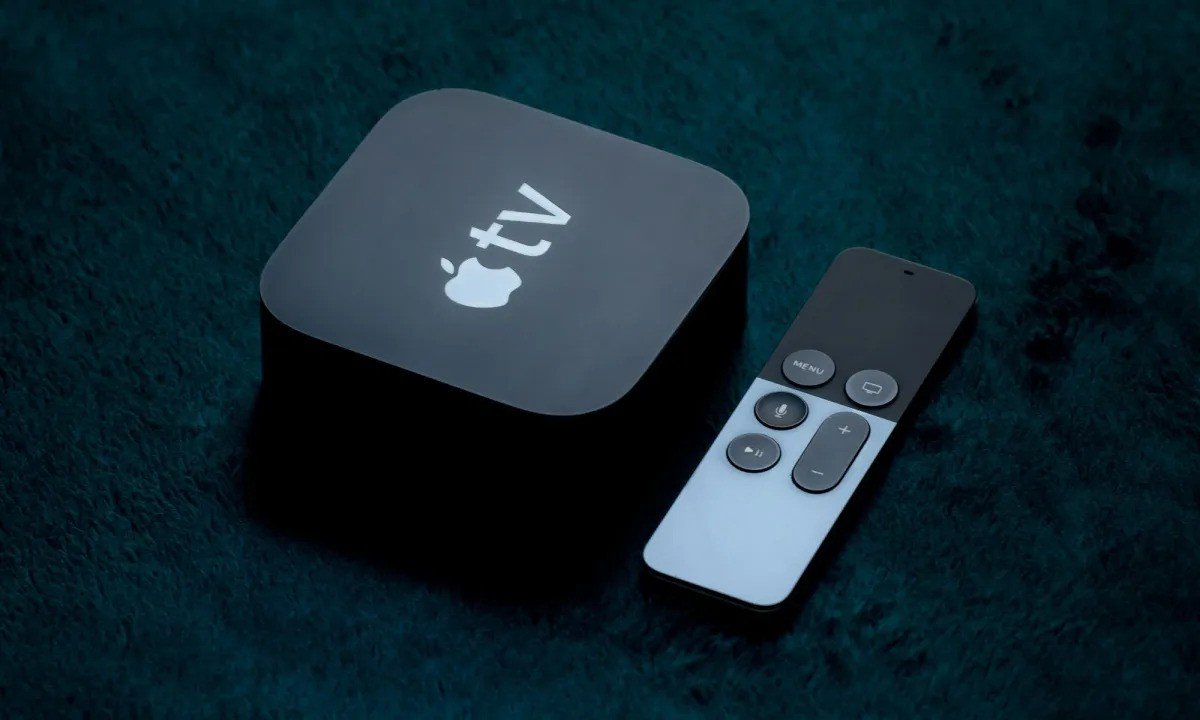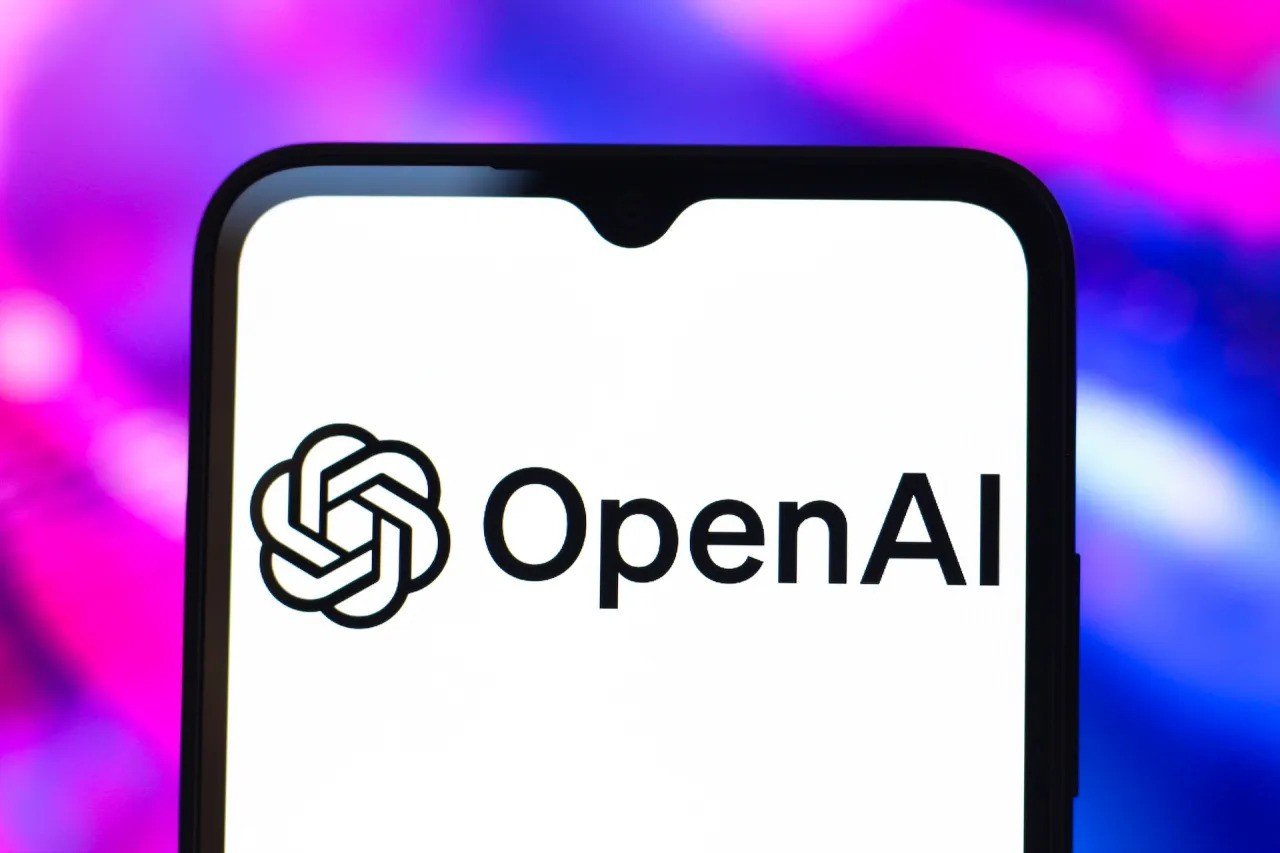YouTube has grown into one of the most powerful media ecosystems in the world, shaping the careers of millions of creators and spawning entire industries around content. In June, the company reported that its creator ecosystem contributed more than 490,000 full-time jobs and added over $55 billion to the U.S. GDP. But despite the staggering scale, top creators are rethinking how they make money.
Ad revenue, once the dream of every aspiring YouTuber, has become unreliable. Constant policy changes, algorithm shifts, and advertiser fluctuations have pushed creators to look beyond YouTube’s built-in monetization. For many, brand deals and ad income can vanish overnight, leaving little control in their hands.
To build sustainable, long-term wealth, creators are transforming themselves into full-fledged businesses. They’re launching consumer brands, tech startups, and product lines that exist independently of the YouTube algorithm. In many cases, these new ventures are outpacing their YouTube income altogether.
MrBeast

Jimmy Donaldson, better known as MrBeast, is arguably the most visible example of this shift. With more than 440 million subscribers, he’s not just a creator, he’s a media empire in motion.
Donaldson’s first major business venture began in 2018 with ShopMrBeast, a merchandise line that rapidly evolved into a full-scale brand network. His snack company, Feastables, launched with the “MrBeast Bar,” selling over a million chocolate bars and generating $10 million in its first three days.
Today, Feastables is more profitable than his YouTube content and even outperforms his high-budget Prime Video competition series Beast Games. According to Bloomberg, the snack line brought in roughly $250 million in revenue and more than $20 million in profit in 2024, while his media operations reportedly ran an $80 million loss that same year.
Beyond chocolate, Donaldson has built a diversified empire that includes his toy line MrBeast Lab, packaged food brand Lunchly (co-founded with Logan Paul and KSI), and his analytics platform Viewstats. He also launched MrBeast Burger, a virtual restaurant chain that went viral, though later ended in legal disputes.
His ambitions continue to expand. Earlier this year, he was reportedly exploring a mobile phone company and even filed trademarks for a fintech startup offering digital banking and crypto services, as noted by Business Insider.
Most recently, The Times reported that MrBeast is planning a massive theme park in Saudi Arabia inspired by his viral challenges, with rides designed to mimic real competitions from his videos. Few YouTubers have ever blurred the line between creator and conglomerate as successfully as he has.
Emma Chamberlain
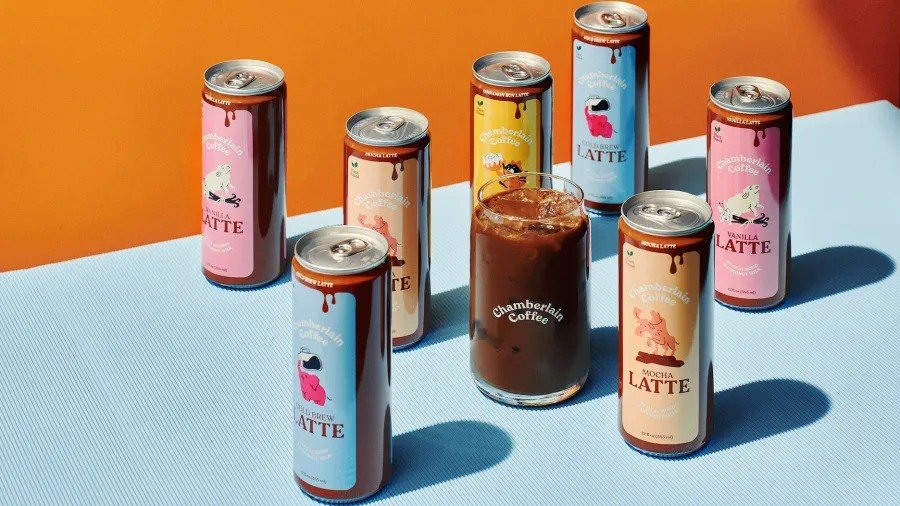
Emma Chamberlain became one of YouTube’s breakout stars in 2016 through her quirky, relatable vlogs. But her biggest success came not from content, but coffee.
In 2019, she launched Chamberlain Coffee, a lifestyle-driven beverage brand offering everything from cold brew and matcha to ground beans and pods. Like many modern creators, she leveraged authenticity and personal branding to turn a fan base into a consumer movement.
The company’s growth has been impressive. In 2023, Chamberlain Coffee rolled out ready-to-drink canned lattes and hit $20 million in annual revenue, according to Forbes. Earlier this year, it opened its first physical café in Los Angeles — expanding beyond online and retail chains like Target and Walmart.
Despite some supplier setbacks, internal projections reviewed by Business Insider suggest the brand could grow by 50% by 2025, reaching $33 million in revenue and hitting profitability by 2026.
What’s remarkable about Chamberlain’s success is how she positioned her brand less as influencer merch and more as a modern coffee company with mainstream appeal. Her content persona built the trust, but the product quality built the business.
Logan Paul

Few creators embody reinvention like Logan Paul. From viral controversy to professional wrestling and entrepreneurship, Paul has rebuilt his brand into a diversified entertainment business.
His most famous venture is Prime, the energy and hydration drink co-founded with fellow creator KSI. After launching in 2022, the brand exploded in popularity, fueled by limited drops and influencer-driven marketing. Within its first year, Prime surpassed 1.2 billion dollars in sales, outperforming many legacy beverage brands.
However, the company later faced challenges. As Business Insider reported, sales dropped roughly 70% in the U.K. from 2023 to 2024 amid caffeine concerns and lawsuits. Even so, Paul remains a case study in how creators can turn viral attention into tangible business outcomes.
Beyond Prime, Paul’s earlier clothing brand, Maverick Apparel, once made between 30 and 40 million dollars annually. He’s also part of the growing creator-investor class, with his brother Jake co-founding Anti Fund, a venture fund that has invested in companies like OpenAI and Ramp.
Jake Paul has since expanded into tech and sports with his Betr betting platform and grooming line W. Together, the Paul brothers demonstrate how creators are leveraging fame not just for income, but for equity.
Ryan’s World
For many families, Ryan’s World is a household name. Hosted by 13-year-old Ryan Kaji, the YouTube channel started with toy unboxings and evolved into a multimillion-dollar entertainment brand.
Kaji’s empire now spans TV shows, video games, and merchandising. His product line, sold through major retailers like Walmart and Target, brought in more than 250 million dollars in 2020 alone, far surpassing his ad revenue.
Ryan’s family has since developed Ryan’s World Universe, an educational app and media hub for kids, cementing their position in the children’s entertainment space. Their model proves that creator-led brands can scale beyond platforms and become enduring franchises.
Rosanna Pansino

With nearly 15 million subscribers, Rosanna Pansino is one of YouTube’s most beloved bakers. Her cheerful tutorials and pop-culture-themed desserts have earned her a loyal following, and a thriving business.
Pansino extended her Nerdy Nummies brand into bestselling cookbooks and a successful line of bakeware available on Amazon and other major retailers. Her combination of personality-driven content and functional consumer products has become a blueprint for creators in lifestyle niches.
She’s joined by peers like Andrew Rea (aka Babish), who turned his cooking channel into a full cookware brand, and comedy duo Rhett & Link, whose MishMash cereal is marketed to nostalgic millennials. The trend shows that creators with strong identities can transition seamlessly into the consumer goods world.
Michelle Phan
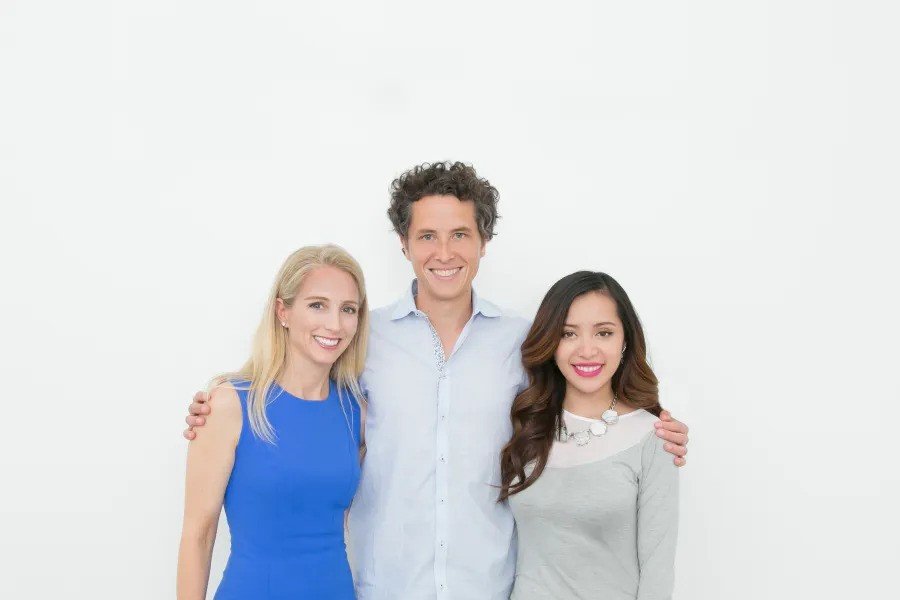
Before “influencer” was a household term, Michelle Phan was already pioneering the creator-founder model. Her makeup tutorials in the late 2000s made her one of YouTube’s earliest stars, but her biggest impact came in business.
Phan co-founded the subscription beauty box service Ipsy, which helped redefine how beauty brands reach consumers. She later launched her own cosmetics line, EM Cosmetics, known for its minimalist design and clean formulas.
Phan’s story symbolizes how creators can evolve from content makers to category innovators, building companies that compete with the very brands they once promoted.
Huda Kattan

Huda Kattan, founder of Huda Beauty, started as a beauty blogger and YouTuber before transforming into one of the most influential figures in the global cosmetics industry. Her company, launched in 2013, now generates hundreds of millions in annual revenue.
After selling a minority stake to private equity firm TSG Consumer Partners in 2017, Kattan recently bought back full control to preserve her creative vision, a move that underscores her belief in founder-led authenticity.
Her success inspired a wave of influencer-driven brands like Jeffree Star Cosmetics and Tati Beauty, all proving that digital personalities can build businesses that rival traditional powerhouses like L’Oréal and Estée Lauder.
The rise of these multi-platform entrepreneurs signals a larger transformation in the creator economy. YouTubers are no longer just content producers, they’re CEOs, investors, and brand builders. Their ventures are increasingly diverse, resilient, and independent of the algorithms that once defined them.
What started as side hustles for ad-driven creators has now become a new model for modern entrepreneurship, where influence is just the first step toward ownership.
